Last Updated on 1 day
Discover the Best Tires for Snow for Unmatched Winter Safety
Winter brings a unique set of driving challenges that can test the skills of even the most experienced drivers. The colder months demand extra caution and preparedness to ensure safety on icy roads and snow-packed highways. This guide aims to provide a comprehensive overview of winter driving challenges, underscore the importance of selecting the right snow tires, and illustrate how this guide can assist you in navigating winter roads with confidence.
What Are Common Winter Driving Challenges?
Driving in winter isn’t just that—it poses several risks and challenges that are less prevalent in other seasons. The most common challenges include:
- Reduced Traction: Snow, ice, and slush significantly reduce the grip your tires have on the road, increasing the risk of slipping and sliding.
- Decreased Visibility: Snowfall, fog, and shorter daylight hours can severely limit visibility, making it harder to see other vehicles, pedestrians, and road signs.
- Longer Stopping Distances: The slippery road surface increases braking distances, requiring drivers to anticipate stops well in advance.
- Variable Road Conditions: Winter roads can be unpredictably icy in some spots and transparent in others, requiring constant vigilance from the driver.
These challenges make driving more difficult and increase the likelihood of accidents and collisions. The right tires are the only element that makes driving in this condition better. Let’s talk about that!
Importance of Choosing the Right Snow Tires
Appropriate snow tires are crucial for winter driving safety. Snow tires are designed to offer improved traction, handling, and braking performance in cold, icy, and snowy conditions. Here are a few reasons why choosing the right snow tires is essential:
- Enhanced Traction: Snow tires are made from a softer rubber compound that remains flexible in cold temperatures, providing a better grip on icy and snowy surfaces.
- Improved Braking: With specialized tread designs, snow tires can significantly reduce stopping distances on icy roads compared to all-season tires.
- Superior Handling: Snow tires’ tread patterns and biting edges are designed to handle snowy conditions, offering drivers better control during winter.
- Increased Safety: Using snow tires leads to a safer driving experience, reducing the risk of accidents caused by slipping and sliding on icy roads.
Introduction To Snow Tires
Snow tires, also known as winter tires, are designed to provide enhanced traction, handling, and braking capability in cold, snowy, and icy conditions. They have deeper tread patterns and are made of softer rubber that stays flexible in low temperatures, improving grip on slippery surfaces.
Snow tires also have more sipes (small slits) in the tread to enhance traction on ice and packed snow. They are essential for safe driving in winter weather. Equipping your vehicle with the correct snow tires can significantly improve driving safety and performance as winter approaches.
Understanding the various types of snow tires available is crucial for selecting the best option for your winter driving needs.
Types of Snow Tires
Snow tires come in various designs, each tailored to specific winter driving conditions. The three main types are studless ice & snow tires, studded snow tires, and performance winter/snow tires.
Studless Ice & Snow Tires:
Studless ice & snow tires are designed to provide maximum traction on ice and snow without using metal studs. These tires feature a soft rubber compound that remains flexible at low temperatures for better grip.
The tread patterns are typically more aggressive, with deep grooves and biting edges that dig into snow and ice, improving traction and braking performance. Unlike their studded counterparts, they are the most popular choice among drivers in areas with heavy snowfall and ice because they offer excellent performance while minimizing road damage.
Studded Snow Tires
Studded snow tires are equipped with metal studs embedded within the tread. These studs provide additional traction by piercing through ice, which can be particularly beneficial on hard-packed snow and ice. However, their use is restricted or regulated in many areas due to the potential damage they can cause to road surfaces.
Studded tires are ideal for those who frequently drive in severe ice conditions and where their use is legally permitted. To ensure compliance, checking local regulations regarding studded tire use is essential.
Performance Winter/Snow Tires
Performance winter/snow tires are designed for vehicles requiring high-performance levels in winter conditions. These tires blend the handling capabilities of all-season tires with the cold-weather performance of snow tires.
They are made from a compound that remains flexible in cold temperatures but is optimized for wet and dry road performance and snow and ice. The tread patterns are less aggressive than traditional snow tires, which helps maintain higher road feedback and handling levels for performance-oriented vehicles.
Features to Look for in Snow Tires
Selecting the right snow tires for your vehicle enhances safety and performance during the winter. Snow tires are designed to tackle the challenges of driving on snow and ice. To make an informed choice, it’s essential to understand the key features that differentiate snow tires from all-season or summer tires.
These features include tread patterns, tire compounds, siping, and studs, each contributing to the tire’s ability to navigate winter conditions effectively.
Tread Patterns
A tire’s tread pattern plays a pivotal role in its winter performance. Snow tires are designed with unique tread patterns that help provide superior traction in snowy and icy conditions. Key characteristics include:
- Wide Tread Blocks: These are designed to increase the tire’s contact area with the road, providing better traction.
- Deep Grooves: Deep grooves in the tread pattern help channel snow, slush, and water away from the tire, reducing the risk of hydroplaning and improving grip.
- Directional Treads: Many snow tires feature directional tread patterns optimized to expel water and slush more effectively, enhancing traction by preventing buildup.
Tire Compounds
The rubber compound used in snow tires is specifically formulated to remain flexible at lower temperatures. This flexibility allows the tire to conform to the road surface, improving grip and handling in cold weather.
Unlike the compounds used in standard tires, which can become complex and less effective in the cold, the compounds in snow tires maintain their elasticity, ensuring consistent performance throughout the winter season.
Siping
Siping refers to the small, thin slits in the tread blocks of a tire. These slits play a critical role in winter tire performance by providing additional biting edges for enhanced traction on ice and packed snow. When the tire presses down on the road surface, the sipes open up, allowing the tire to grip the road more effectively.
As the tire rolls and the pressure is released, the sipes close, expelling water or slush and preventing hydroplaning. The increased number and depth of siping in snow tires significantly improve their ability to navigate slippery winter roads safely.
Studs
Studs are small metal pins that can be embedded in the tread of some snow tires to provide additional traction on ice. Studded snow tires are especially effective in harsh winter conditions, where ice can make driving particularly dangerous. The metal studs dig into the ice, offering a level of grip that is difficult to achieve with tread design and rubber compounds alone.
However, because studded tires can cause damage to road surfaces, their use is regulated in many regions. Before opting for studded tires, checking local laws regarding their use during the winter months is essential.
Top 10 Best Tires for Snow in 2024
Navigating through snow and icy roads requires tires that offer superior traction, durability, and performance. As the winter season approaches, selecting the right snow tires becomes crucial for ensuring safety and efficiency on the road. The following list presents the top 10 best tires for snow in 2024, highlighting their key features, performance overviews, and suitable vehicle types to help you decide on your winter driving needs.
1. Michelin X-Ice Xi3
The Michelin X-Ice Xi3 stands out as a leading choice for winter driving, offering exceptional traction and durability in harsh, icy, and snowy conditions, ensuring drivers experience optimal safety and control.
Key Features:
- It utilizes Michelin’s Flex-Ice 2.0 compound and a unique tread design to enhance flexibility in icy conditions.
- It features Cross-Z sipes and micro-pumps for improved grip on ice and snow.
Performance Overview:
- Offers excellent ice and snow traction and improved fuel efficiency. It is designed for longevity and decreases the chances of wear in cold weather.
Suitable Vehicle Types:
- Compatible with a wide range of passenger cars, including sedans, hatchbacks, and minivans.
2. Bridgestone Blizzak WS90
Discover unparalleled winter driving safety with the Bridgestone Blizzak WS90, designed to deliver exceptional snow and ice performance for a wide range of passenger vehicles.
Key Features:
- It incorporates Bridgestone’s next-generation multi-cell compound with a water-loving hydrophilic coating to remove water from the surface.
- The tread pattern is optimized for superior snow and ice traction.
Performance Overview:
- It is known for its outstanding performance in winter conditions, offering reliable stopping power and control on icy roads.
Suitable Vehicle Types:
- It is ideal for sedans, coupes, and small crossovers.
3. Continental VikingContact 7
Experience the ultimate grip and confidence on winter roads with the Continental VikingContact 7, engineered for superior performance in snow, ice, and freezing temperatures.
Key Features:
- Features a Nordic compound that remains flexible in extreme cold temperatures and a tread design that enhances grip on winter roads.
- Comes with Continental’s +Silane technology for improved traction on wet and slippery surfaces.
Performance Overview:
- Delivers exceptional handling and braking performance in snowy, icy, and wet conditions.
Suitable Vehicle Types:
- Fits a broad range of vehicles, from compact cars to SUVs.
4. Goodyear Ultra Grip Ice WRT
Embrace the winter season fearlessly with the Goodyear Ultra Grip Ice WRT, featuring advanced technology for unmatched traction and control on icy and snowy surfaces.
Key Features:
- Winter Reactive Technology combines a specialized ice tread compound with advanced sipe technology for superior winter performance.
- Features 2D and 3D tread patterns for enhanced grip on ice and snow.
Performance Overview:
- Offers strong traction and handling in winter weather conditions, including icy, snowy, and wet roads.
Suitable Vehicle Types:
- Suitable for sedans, minivans, and SUVs.
5. Pirelli Winter Sottozero 3
Master the cold with the Pirelli Winter Sottozero 3, a high-performance winter tire that delivers exceptional handling and stability in snowy, wet, and dry conditions.
Key Features:
- It is designed with an innovative compound with high silica content for wet and cold weather performance.
- The directional tread pattern ensures excellent water expulsion to prevent hydroplaning.
Performance Overview:
- It provides superb performance on wet, dry, and snowy surfaces, making it an excellent choice for high-performance vehicles in winter.
Suitable Vehicle Types:
- It targets sports cars, high-end sedans, and other performance vehicles.
6. Nokian Hakkapeliitta R3
Navigate winter roads easily using the Nokian Hakkapeliitta R3, offering unparalleled traction and comfort for a safe, smooth driving experience in harsh winter conditions.
Key Features:
- The Arctic Sense Grip concept enhances grip on ice and snow, while the Cryo Crystal 3 particles improve traction.
- Environmentally friendly design with low rolling resistance for better fuel efficiency.
Performance Overview:
- Exceptional grip and control in severe winter conditions, offering a comfortable and quiet ride.
Suitable Vehicle Types:
- Compatible with a wide range of passenger vehicles, including SUVs and crossovers.
7. Dunlop Winter Maxx 2
Trust in the Dunlop Winter Maxx 2 for exceptional winter traction, offering reliable grip and handling on snow and ice to keep you moving safely through the coldest months.
Key Features:
- Features Dunlop’s Maxx Sharp Edge with Miura-Ori sipes for enhanced block rigidity and improved ice and snow traction.
- The water-absorbing compound helps to maintain contact with the road surface.
Performance Overview:
- Delivers strong ice and snowy performance with enhanced handling and braking capabilities.
Suitable Vehicle Types:
- Ideal for compact cars, sedans, and hatchbacks.
8. Firestone Winterforce 2
Gear up for winter with the Firestone Winterforce 2, a robust and reliable tire that tackles snow and ice, ensuring dependable performance in extreme weather conditions.
Key Features:
- It is built with a full-depth tread design, ensuring a longer-lasting performance in winter.
- High-sipe density enhances winter performance and traction on icy roads.
Performance Overview:
- Offers dependable braking and handling in snowy and icy conditions, with a design that promotes durability and longevity.
Suitable Vehicle Types:
- Fits a wide range of vehicles, including sedans, coupes, and minivans.
9. Toyo Observe GSi-6
Stay in control this winter with the Toyo Observe GSi-6, which integrates advanced technology for superior grip and handling on snow—and ice-covered roads.
Key Features:
- Advanced tread compound and sipe technology provide excellent grip on ice and snow.
- Features microbit technology to enhance traction by embedding crushed walnut shells in the tread compound.
Performance Overview:
- It is known for its innovative approach to winter traction, offering impressive handling and stability in adverse conditions.
Suitable Vehicle Types:
- Appropriate for a broad spectrum of passenger cars, from sports cars to family sedans.
How To Choose the Right Snow Tires for Your Vehicle
Ensuring your vehicle has the right snow tires when winter looms is crucial for maintaining safety and mobility on snow-covered and icy roads. Snow tires, specifically designed to perform in cold, snowy, and icy conditions, can significantly improve your vehicle’s handling, traction, and braking. This is how you can select the right snow tires for your car.
Matching Tires to Your Vehicle Type
The first step in selecting snow tires is to match them to your vehicle type. Different vehicles have different tire requirements based on weight, size, and the manufacturer’s specifications.
- Passenger Cars: Sedans, hatchbacks, and coupes generally require standard snow tires that provide balanced performance in winter conditions. Look for tires that offer a comfortable ride, low noise, and good traction on snow and ice.
- SUVs and Trucks: These vehicles often benefit from snow tires that support heavier loads and provide enhanced traction for off-road conditions or deep snow. Tires designed for SUVs and trucks may have a more aggressive tread pattern and reinforced sidewalls.
- Performance Vehicles: If you drive a sports car or any vehicle designed for high performance, you’ll want to look for performance snow tires that can handle higher speeds while maintaining flexibility in cold temperatures. These tires often have a V or W speed rating and a tread design that balances dry road running with snow and ice traction.
Considering Your Winter Driving Conditions
Your typical winter driving conditions should also influence your choice of snow tires. Consider the severity of winter weather in your area and the types of surfaces you’ll be driving on:
- Light Snow and Ice: If you live in an area with occasional light snowfall and icy conditions, look for tires that offer good all-around winter performance with an emphasis on ice traction.
- Heavy Snow and Ice: In regions with heavy snowfall and prolonged periods of icy conditions, prioritize tires with aggressive tread patterns designed for deep snow traction and ice grip. Tires with a higher sipe density and advanced tread compounds can provide the extra edge needed for these harsh conditions.
- Mixed Winter Conditions: For areas where winter weather can vary widely, consider tires that provide a good balance of wet, dry, snow, and ice performance. These tires often have versatile tread designs and compounds optimized for fluctuating temperatures and conditions.
Budget Considerations
Budget plays a significant role when it comes to purchasing snow tires. However, it’s important to balance cost with quality and safety. Here are some tips for managing your budget while ensuring you get reliable snow tires:
- Prioritize Safety: While going for the cheapest option may be tempting, remember that snow tires are a critical safety feature in winter. Investing in a reputable brand known for quality and reliability can save you from potential accidents and provide better value in the long run.
- Shop Early: Try to purchase snow tires before the winter season hits. Many retailers offer early bird specials or discounts on snow tires in the late summer or early fall.
- Consider Tire Life: Look for tires with warranties or those known for their durability. A tire that may cost more upfront but has a longer life can be more cost-effective over time than a cheaper tire that needs frequent replacement.
- Check for Rebates and Special Offers: Manufacturers and retailers often offer rebates, discounts, or special financing on snow tires. Keep an eye out for these deals to maximize your savings.
Installation and Maintenance of Snow Tires
Proper installation and maintenance of snow tires are critical to ensuring maximum safety, performance, and longevity throughout the winter season. The following is essential information on the correct installation techniques, maintenance tips for extending tire life, and advice on when to replace snow tires.
Adhering to these guidelines will help you get the most out of your snow tires, ensuring your vehicle is prepared for winter driving conditions.
The Proper Installation Techniques
For optimal performance and safety on winter roads, all drivers must follow these proper installation techniques for their snow tires; they come in steps:
- Install in Sets: Always install snow tires in complete sets of four. Mixing snow tires with all-season or summer tires can lead to uneven grip and handling, which can be dangerous in slippery conditions.
- Check Tire Pressure: Winter temperatures can cause tire pressure to drop. Check the pressure after installation and periodically throughout the season to ensure it meets the vehicle manufacturer’s recommended levels.
- Balance and Alignment: Have your tires balanced and your vehicle’s alignment checked when installing new snow tires. Proper balance and alignment reduce tire wear and improve handling and fuel efficiency.
- Rotation Schedule: Follow a regular tire rotation schedule to promote even wear on all four tires. Rotating your snow tires at least once during the season can help extend your life.
Maintenance Tips for Longer Tire Life
Maintenance helps to maximize your tire’s lifespan and peak performance, keeping your winter journeys safe and efficient. Here are the things you can do:
- Regular Inspections: Regularly inspect your snow tires for signs of wear, damage, or uneven wear patterns. Early detection of issues can prevent further damage and extend tire life.
- Clean Tires and Wheels: Road salt and de-icers can corrode wheels and remove tire rubber. Clean your tires and wheels frequently during the winter to remove these harmful substances.
- Store Properly: When using seasonal snow tires, store them properly during the off-season. Please keep them in a cool, dry place away from direct sunlight and ozone sources like electric motors. Storing tires flat or on a rack can help maintain their shape and integrity.
When Should You Replace Snow Tires?
Knowing when to replace your snow tires helps to maintain safety and performance in winter conditions, ensuring your vehicle is always ready for the road ahead. The right time to replace your snow tires depends on a couple of factors such as:
- Tread Depth: The minimum legal tread depth is 2/32 of an inch, but for winter tires, replacing them when they reach 4/32 of an inch of remaining tread depth is recommended for maintaining optimal performance in snow and ice.
- Age: Tire rubber degrades over time, even if the tread looks sufficient. Most manufacturers recommend replacing tires every 6 to 10 years, regardless of tread wear. Check the tire’s manufacture date and consider replacing older tires.
- Damage: Any signs of significant damage, such as deep cuts, bulges, or punctures that cannot be repaired, mean it’s time for a replacement. Driving on damaged tires can be unsafe, especially in winter conditions.
- Performance Decline: If you notice a decline in winter driving performance, such as increased stopping distances or less effective traction on snow and ice, it may be time to replace your snow tires.
Conclusion
Now that you’ve completed our comprehensive guide to the top snow tires for 2024, it’s clear that preparing for winter driving involves more than just being cautious on the road. The selection of the right snow tires plays a pivotal role in ensuring your safety and the safety of others during the colder months.
Remember the specifics of various tires, including the Michelin X-Ice Xi3, Bridgestone Blizzak WS90, Continental VikingContact 7, and several others. Each offers unique features designed to tackle different aspects of winter driving.
These top-tier snow tires have been carefully selected for their performance, durability, and safety in harsh winter conditions. Whether you drive a compact car, SUV, or performance vehicle, choosing a tire from this list means equipping your vehicle with the best possible protection against the unpredictability of winter roads.
Choose Giga Tires for Your Winter Tire Needs
At GigaTires, we understand the importance of equipping your vehicle with the best snow tires for your specific driving needs and conditions. Our extensive selection includes all the top-rated tires for 2024, ensuring you find the perfect match for your vehicle and driving habits. Our easy-to-navigate website makes finding and purchasing your next set of winter tires straightforward and hassle-free.
Be sure to think about your winter tire needs before the first snowfall. Prepare in advance to ensure you and your loved ones remain safe on the road, regardless of what the winter weather brings. Visit GigaTires today to browse our selection and make your purchase. You can find the winter tires that meet your needs and budget with competitive pricing, detailed product descriptions, and customer reviews.
FAQs:
Q: When should I put on snow tires?
Installing snow tires is best once temperatures consistently drop below 45°F (7°C). Cold weather affects tire performance, and snow tires are designed to provide optimal safety and handling.
Q: Can I use snow tires all year?
Using snow tires year-round is not recommended. The soft rubber compound designed for cold weather wears down quickly in warmer temperatures, reducing the lifespan of the tires and potentially compromising your vehicle’s handling and fuel efficiency.
Q: How are snow tires different from all-season tires?
Snow tires have a softer rubber compound and specialized tread designs, providing better grip and handling on snow and ice. All-season tires are designed to perform reasonably well in various conditions but do not offer the same level of winter traction.
Q: Do I need snow tires if I have an all-wheel drive?
Yes, all-wheel drive improves traction by distributing power to all four wheels, but it doesn’t provide the same grip on snow and ice as snow tires. Combining all-wheel drive with snow tires is recommended for the best winter performance.
Q: How long do snow tires last?
The lifespan of snow tires depends on driving conditions, distances traveled, and maintenance. On average, snow tires can last between 4 and 6 seasons if used only during the winter months and properly stored when not in use.
Q: Are studded snow tires better than studless tires?
Studded snow tires provide superior traction on ice but can damage road surfaces and are illegal in some areas during certain times of the year. Studless snow tires offer excellent traction on most winter surfaces and are suitable for a broader range of conditions.
Q: How do I store my snow tires?
Store snow tires in a cool, dry place away from direct sunlight and ozone sources. Hang them or stack them horizontally to prevent deformation.
Q: Can I install just two snow tires?
Installing only two snow tires can lead to uneven handling and potentially dangerous driving conditions. Always install snow tires in four sets for the best balance and performance.

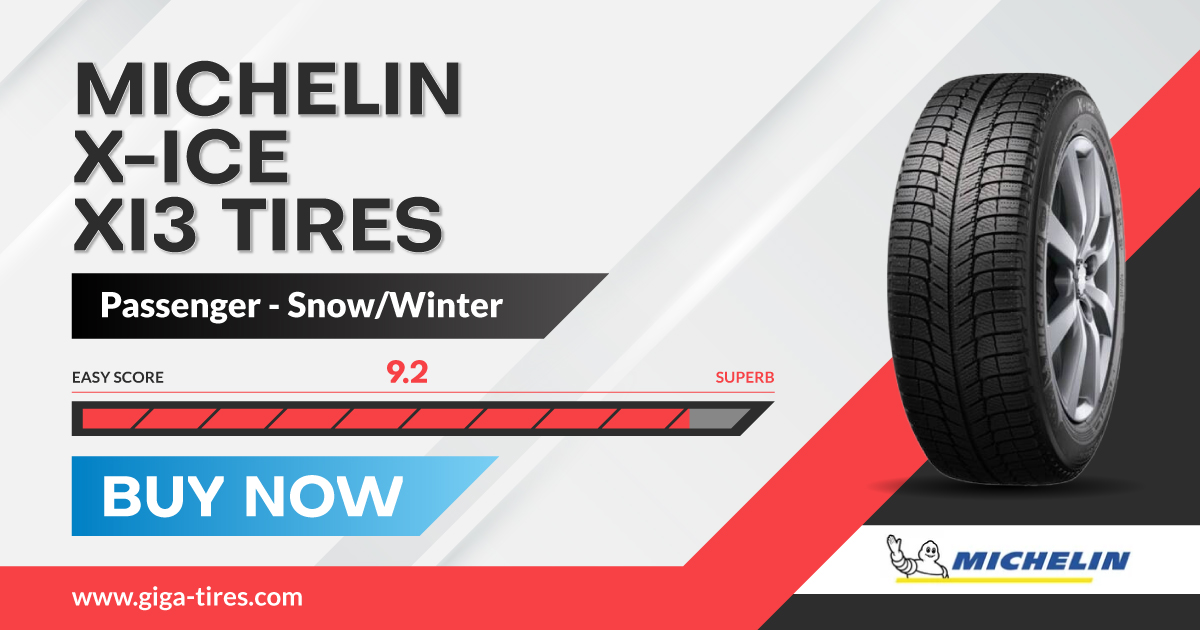
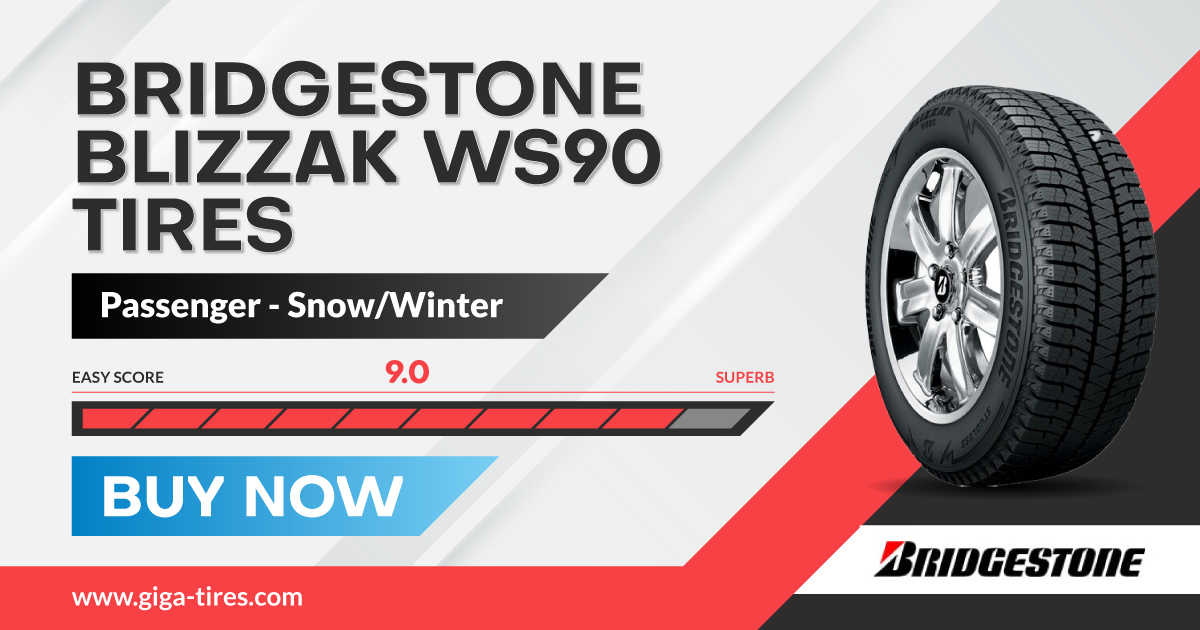
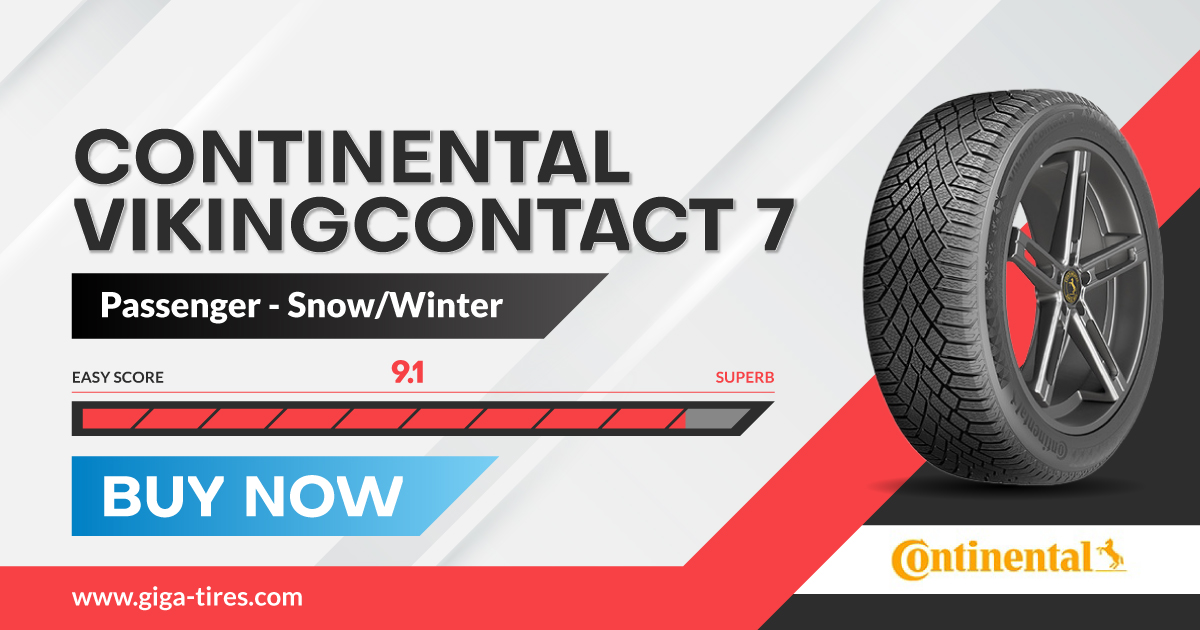
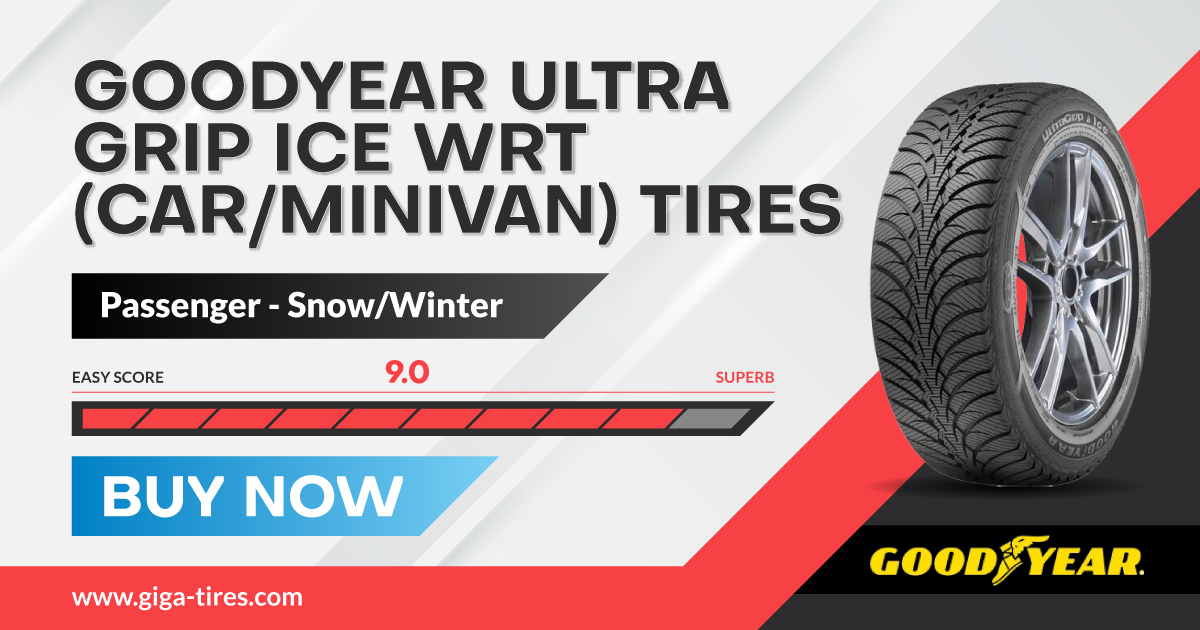
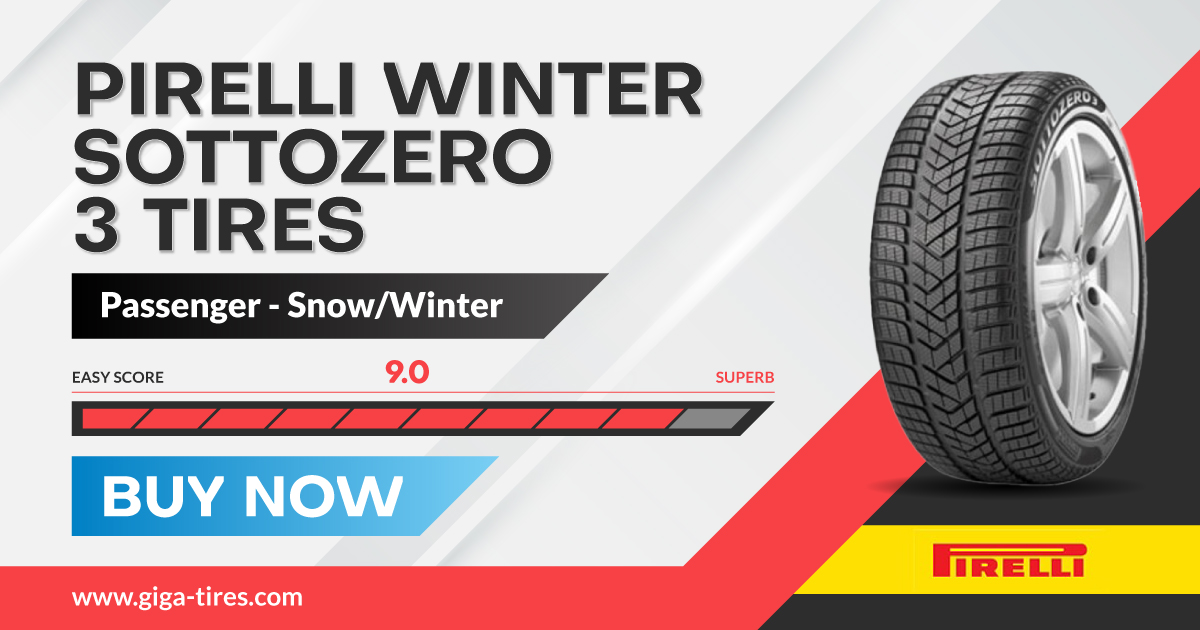
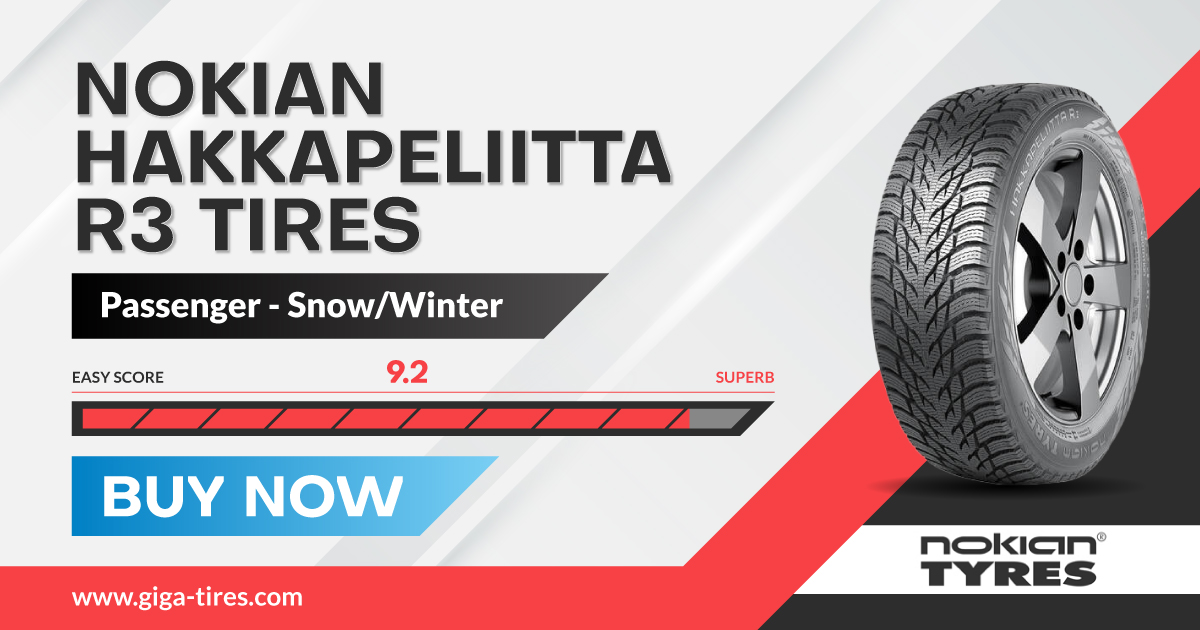
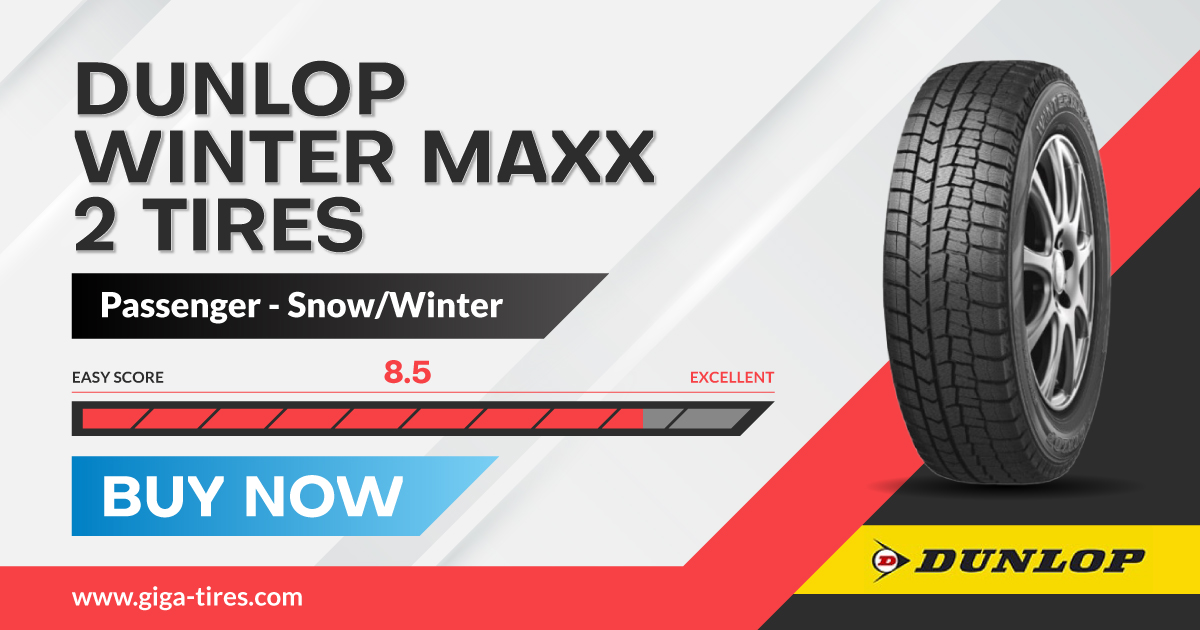



 Français
Français Español
Español